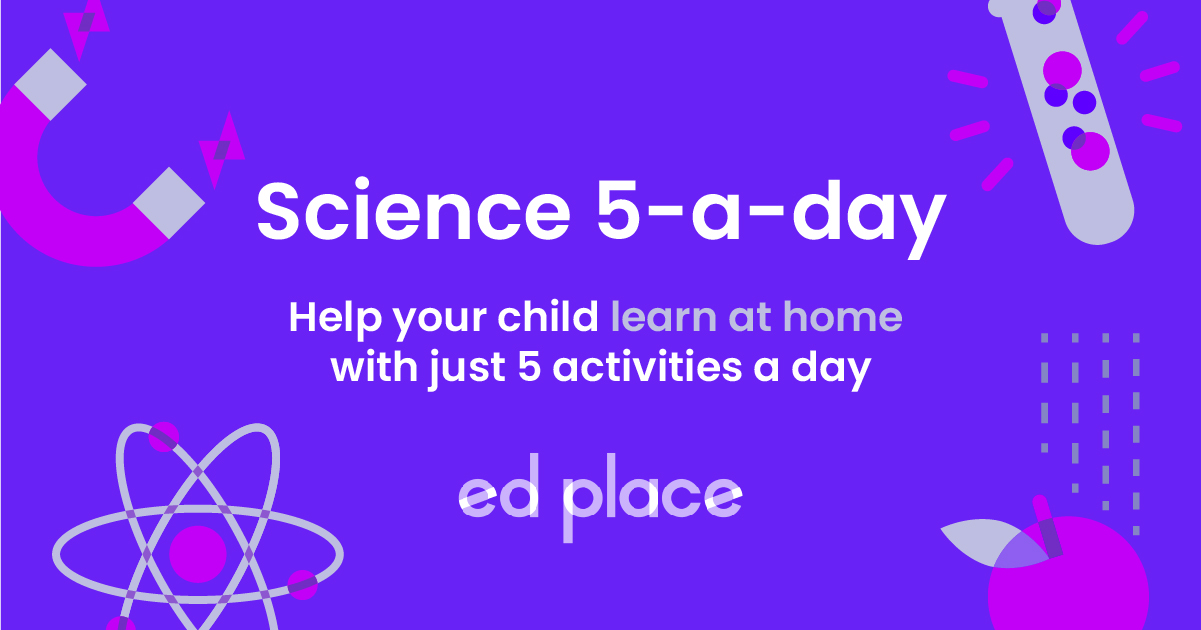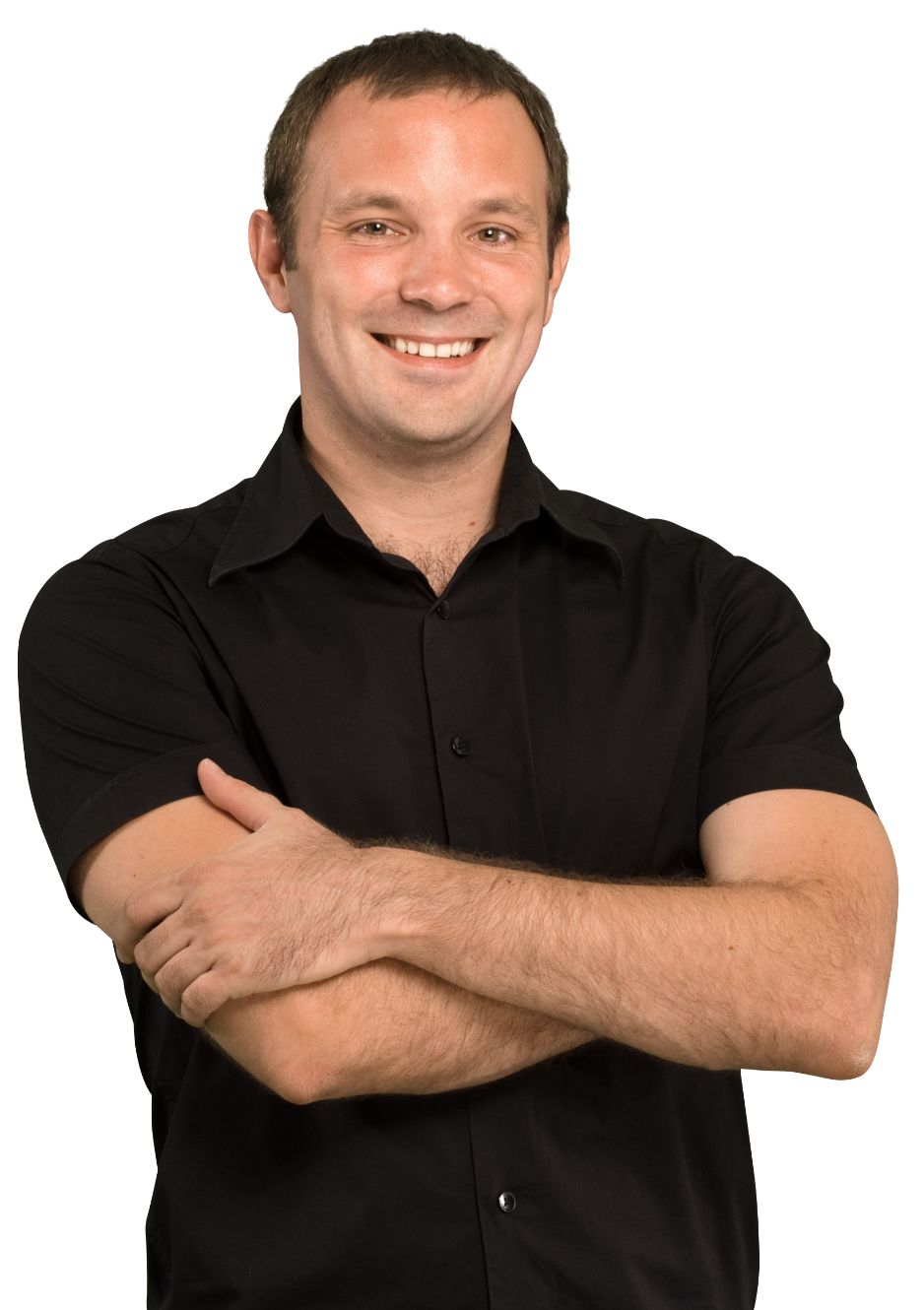
EdPlace's Lower KS2 home learning science lesson: States of Matter
Looking for short lessons to keep your child engaged and learning? Our experienced team of teachers have created English, maths and science lessons for the home, so your child can learn no matter where they are. And, as all activities are self-marked, you really can encourage your child to be an independent learner.
Get them started on the lesson below and then jump into our teacher-created activities to practice what they've learnt. We've recommended five to ensure they feel secure in their knowledge - 5-a-day helps keeps the learning loss at bay (or so we think!).
Are they keen to start practising straight away? Head to the bottom of the page to find the activities.
Now...onto the lesson!
Why on Earth, does it matter?
Our world is made up of matter, and on earth, it can be split into three types... solids, liquids and gases. If you think back to your school days, we're sure this is ringing some bells. Students can find some objects difficult to categorise, so why not spend a bit more time on this topic with your superstar scientist to help them get to grips with our surroundings?
We’re confident that if you follow our step-by-step approach below, your child will be able to:
1) Describe the properties of a solid, liquid and gas
2) Explain how some objects can change their state as a result of a change in temperature
3) Apply this understanding to everyday objects
Step 1 - Learning the Lingo
One of the sources of confusion with this topic are all the different words that are used. Some areas of science can seem like they don’t seem to have much application to life, but that’s certainly not the case with states of matter, as it really is all around us! From putting ice trays in a freezer to boiling the kettle... it's all happening!
Here are some of the states of matter words your child will come across regularly:
Solid = an object that keeps its shape, remains in one place and can be held, like a pencil
Liquid = can flow or move easily, and can be poured, like water
Gas = are often invisible, they cannot be contained unless a container is sealed and can change shape
State of Matter = all things on earth are either a solid, liquid or gas. These are the three states (forms) that all things can be categorised into
Melting = the process of changing a solid into a liquid
Freezing = the process of changing a liquid into a solid
Evaporation = the process of changing a liquid into a gas
Condensation = the process of changing a gas into a liquid
Step 2 - Mastering the Matters
First off, it's useful to get students to see for themselves how the states of matter are different. Why not find three examples, one from each state and ask them to explain to you why for example, the pencil, is different from the water in the glass. (This could get a little messy so it may be best to be in the kitchen!) You have air all around you, so for gases, there's no need to go rooting around in cupboards! What you're getting your little scientist to do here is to create a list of properties, which will be really important for understanding down the line.
Home Investigation 1
Now students are comfortable with how to classify the states, and what the differences are between them. Why not send them around the house on a treasure/scavenger hunt. Get them to create a list of things that they've found in the house for each of the three states of matter. It may be worth at the top of the list writing the state criteria.
Solid - Holds its shape, can be held, always take up the same amount of space and can be cut or shaped. (Playdough/Blue tac is great for making this last point!)
Liquid - It flows, can be poured easily, can't be squeezed, takes up the same amount of space, can change shape depending on the container its in.
Gas - You often can't see it, it doesn't have a fixed shape, it can flow and be squeezed, it can spread out.
Step 3 - Changing States of Matter
This next step really depends on how hands-on you want to get in the home-lab! Students in Year 4 will look at the way objects can change their state. You may want to do this through explanations and images, OR you may be ready to do some practicals? It's completely up to you! The important thing is that they understand what happens in the four processes of melting, evaporating, condensing and freezing and can apply this to the scientific definition which can be found under 'Learning the Lingo'. In a classroom, we'd try to use practicals as it can really help students to visualise the process and helps make it stick in their minds.
For all of these, it's worth asking students what examples they can already think of before offering them examples.
Home Investigation 2
You may have spotted that freezing and melting are often taught together as these two methods change objects between the state of solids and liquids.
Melting - this is all about changing a solid into a liquid, and to do this heat is needed. Ask students what would happen if you left an ice-cube on the side? Why do they think this change of state happens? You may want to talk about an ice-lolly on a hot day, a snowman as the weather gets warmer... think Olaf. If you want to show this practically, melting chocolate is always a good one too! Ice cubes and water are also a great one to use. You could freeze an object inside an ice cube and ask the students how to get it out, without touching it?
Freezing - this is how we turn a liquid back into a solid, and while the temperature is needed again, it must be cooler than the object this time. Again, ice cubes work particularly well here, they just may take a little while to show the change in state.
Next, we look at how to go between liquid and gas, and vice versa.
Evaporating - this is how we turn a liquid into a gas. It's important to point out that for this change again, temperature plays a part. We're going to heat up the liquid to cause evaporation. It's a more complicated method for students to grasp but you can show this simply with the kettle, or a pan on the hob. (It goes without saying, that it's worth you being lead scientist here from a safety aspect!) Put a set amount of water into a kettle, or pan and then bring the water to the boil. Re-measure the amount of water in the kettle or pan after a while and students will see that there is now less water present. Ask the students what they think has happened to the water?
Condensing - this is how we turn a gas back into a liquid. See if students can work out what type of temperature may be needed for this change in state to happen? It's the opposite process to evaporation so it must be a cooling process. The best way to show this in the home (and just like before we'd recommend you are the chief scientist) is to hold a flat object like a plate or a dish, a safe distance above the boiling pan or kettle. Be careful not to have any hands too close to the steam for obvious reasons. When you remove the dish ask your child to see what is different on the dish, and they will see water (a liquid). Again, get them to explain to you why they think this has happened, and make sure they think about temperature in their answer.
Step 4 - Got it?
OK, time to check out whether your creative science lesson has paid off? Can your child:
Classify the object?
1. Olive Oil
2. Steam
3. Air
4. Playdough
Name the process involved?
5. Boiling the kettle
6. Making ice- cubes
7. Dew on the grass in the morning
8. Breathing on a mirror and water appearing
Step 5 - Apply it!
Why not put your child’s understanding to the test and assign the following 5 activities in this order. All activities are created by teachers and automatically marked. Plus, with an EdPlace subscription, we can automatically progress your child at a level that's right for them. Sending you progress reports along the way so you can track and measure progress, together - brilliant!
Activity 1 - Solids and Liquids
Activity 2 - Properties of Liquids
Activity 4 - Changing Materials
Activity 5 - Heating Materials 2
Answers
1. Liquid
2. Gas
3. Gas
4. Solid
5. Evaporating
6. Freezing
7. Condensing
8. Condensing
Keep going! Looking for more activities, different subjects or year groups?
Click the button below to view the EdPlace English, maths, science and 11+ activity library








